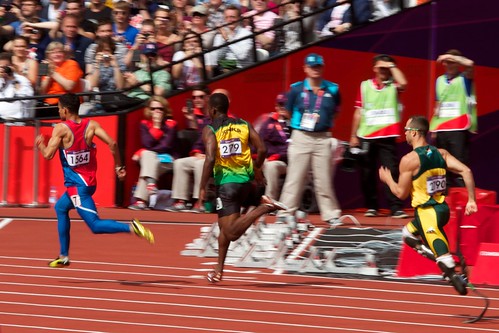The Media Lab’s reach spans the entire globe thanks to our professors, students, alumni, and spin-off companies. We’re always excited to see our researchers developing technologies that promise to fundamentally transform our most basic notions of human capabilities. To celebrate the many projects that come out of the Media Lab, we present The Media Lab through Your Lens photo contest.
We’re looking for examples of the Media Lab in the world–through your pictures. All you have to do is snap a photo of anything that relates back to the Media Lab–for example, a Media Lab professor giving a presentation at an event, a mobile app developed at the Media Lab, or a technology or product developed by Lab researchers. We’ll leave it to you to be as literal or creative as you wish. The picture just has to tie back to the Media Lab. Here are the rules:
- Who can enter? Anyone who is not connected to the Media Lab (past or present).
- What’s the timing? The contest begins today, and will end on September
1017, 2012. [We're giving you an extra week! We've received some terrific entries so far and can't wait to see what else we get!] - How do I enter? Send your photo(s) to contest [at] media.mit.edu and you’ll be entered, pending your photo’s adherence to the rules. We encourage you to send as many pictures as you like, but your name will only be entered once. Make sure to include your full name and email address, and how you would like the photo to be credited.
- What does the winner receive? If you submission meets the contest rules, you will automatically be entered into a drawing for a chance to win a tour of the Media Lab and lunch or dinner with Media Lab Director Joi Ito. (Note: you will need to provide your own transportation to Cambridge, MA.)
So what are you waiting for? Grab your camera, smartphone, or tablet and start sending us photos! You can check out our Facebook and Pinterest pages periodically throughout the contest to see a collection of the photos submitted.
We can’t wait to see the Media Lab through your eyes!
*All photos submitted for the contest become property of the Media Lab and as such can be distributed via Media Lab web pages and social channels. The MIT Media Lab has the right to disqualify any entrants submitting pictures that do not meet the guidelines or are stolen property.





